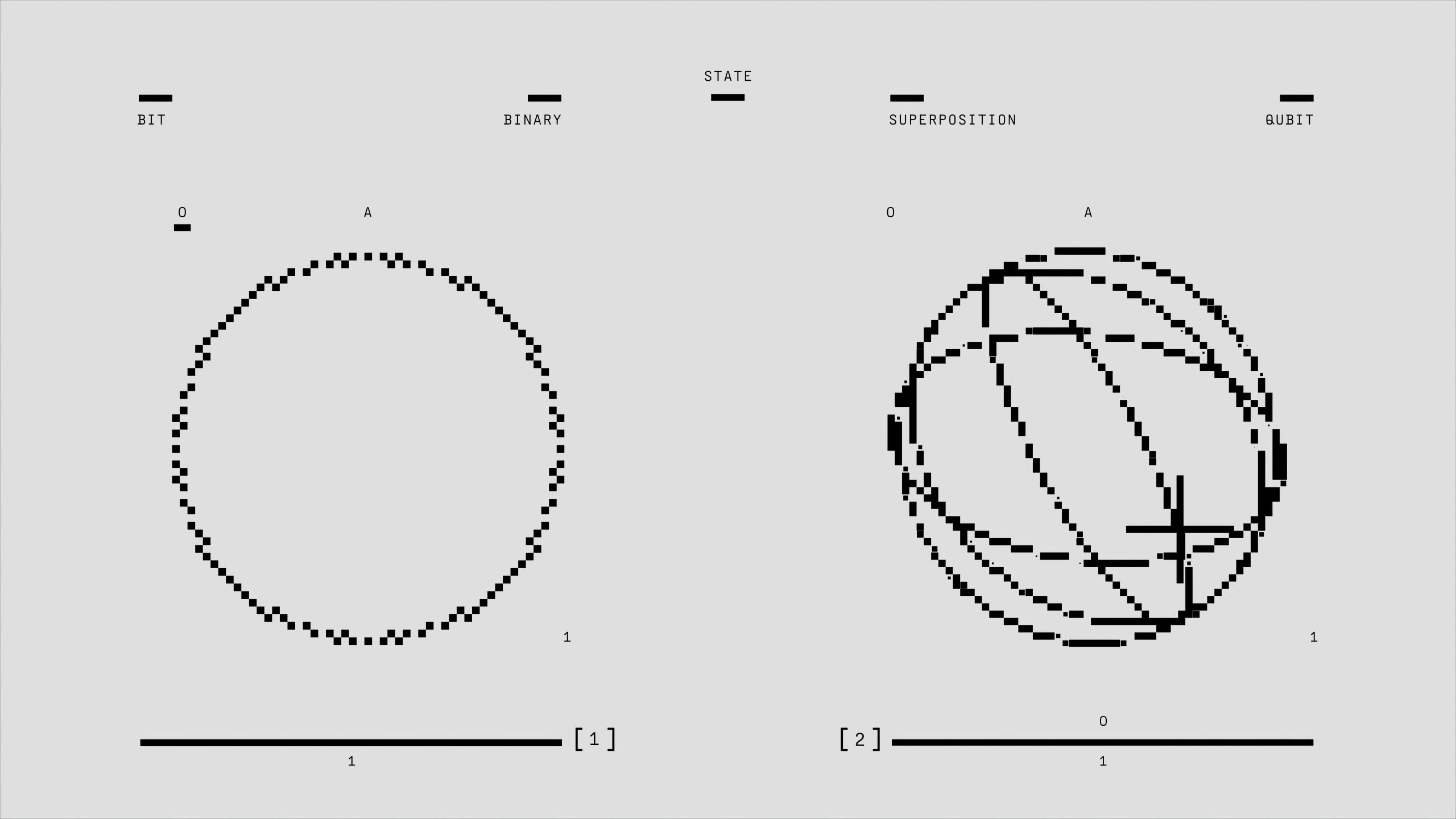Why is this still an issue? Shouldn’t TfL have updated the maps to clearly indicate which Overground line connections are available by now?
Is It Time for TfL to Update Their Maps and Clarify Overground Line Transfers?


Searching the Nations Capital

Why is this still an issue? Shouldn’t TfL have updated the maps to clearly indicate which Overground line connections are available by now?
It’s a valid point! It can be quite confusing for passengers when the maps don’t clearly indicate which lines connect at specific stations. TfL typically strives to keep their information up to date and user-friendly, so it would make sense for them to enhance the clarity of their maps. Maybe this is one of those things that has been overlooked amidst other priorities. It might be worth bringing it to their attention directly—they often appreciate feedback from passengers!
While it’s understandable to feel frustrated about the lack of updated signage, it’s worth considering some of the challenges TfL faces in implementing these changes. The complexity of the network and the need to ensure information accuracy can sometimes slow down updates. However, enhancing map clarity is crucial for passenger experience, especially for those new to the system or unfamiliar with line connections.
A potential solution could be the incorporation of QR codes at stations that link directly to live updates on service status and connections. This way, even if maps take time to update, passengers can access real-time information instantly. Collaboration with user experience designers could also help make these connections clear, ensuring that all passengers have easy access to the information they need. It’s a multifaceted issue, but dialogue like this is essential for pushing for improvements in our transport systems!
An Important Perspective on TfL’s Map Communication
I completely understand the frustration surrounding the clarity of TfL’s maps, especially for newcomers and tourists navigating the city. The lack of specific indicators for Overground line connections can lead to confusion, which ultimately detracts from the user experience.
However, the issue might run deeper than just the aesthetics of the maps. Here are a few points to consider:
Ultimately, while it’s easy to point fingers, it’s equally vital for us as residents to share our experiences and suggestions with TfL. Continued dialogue